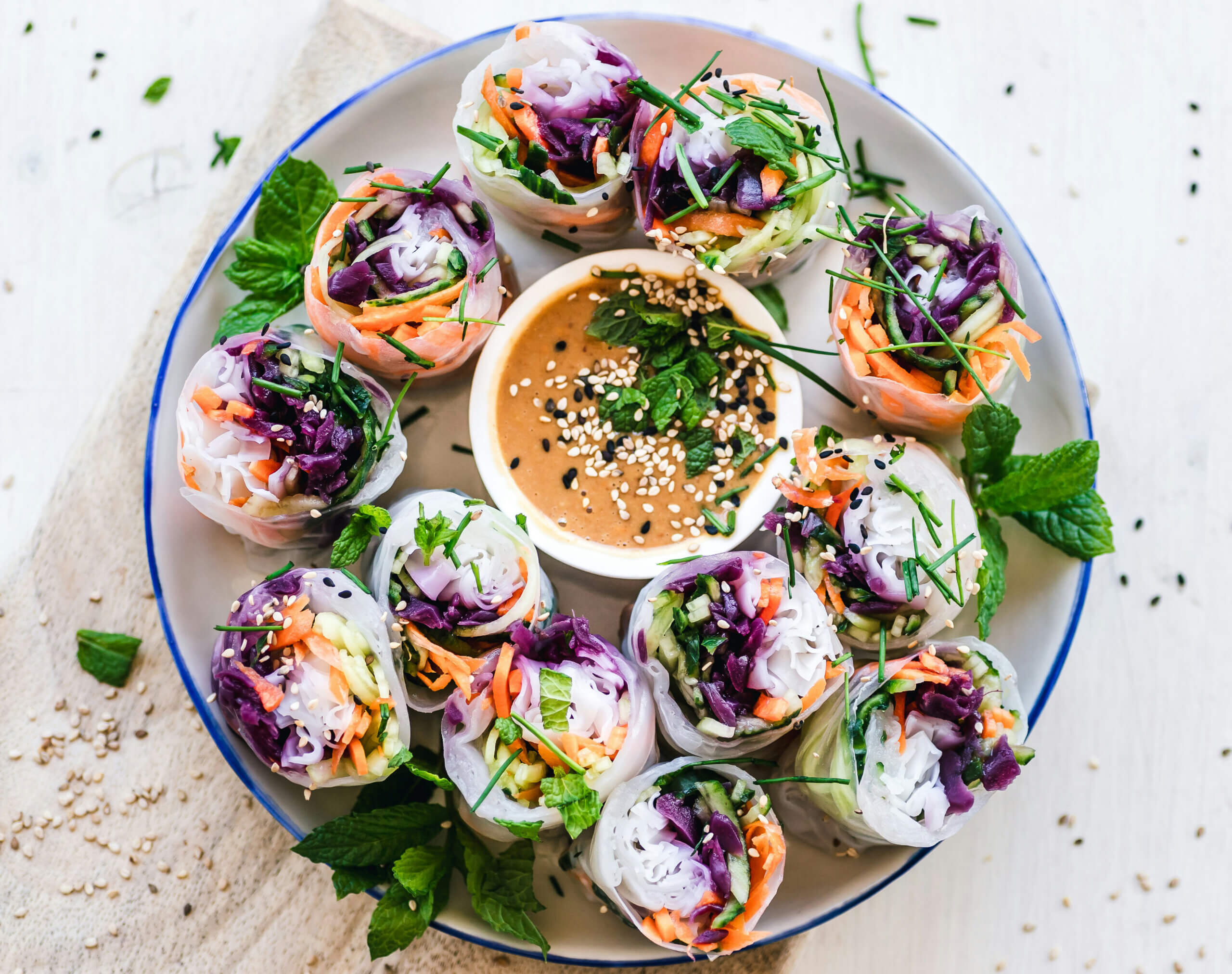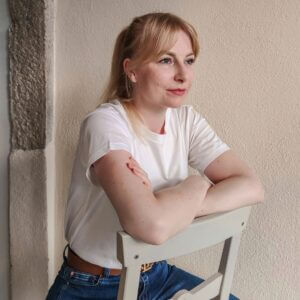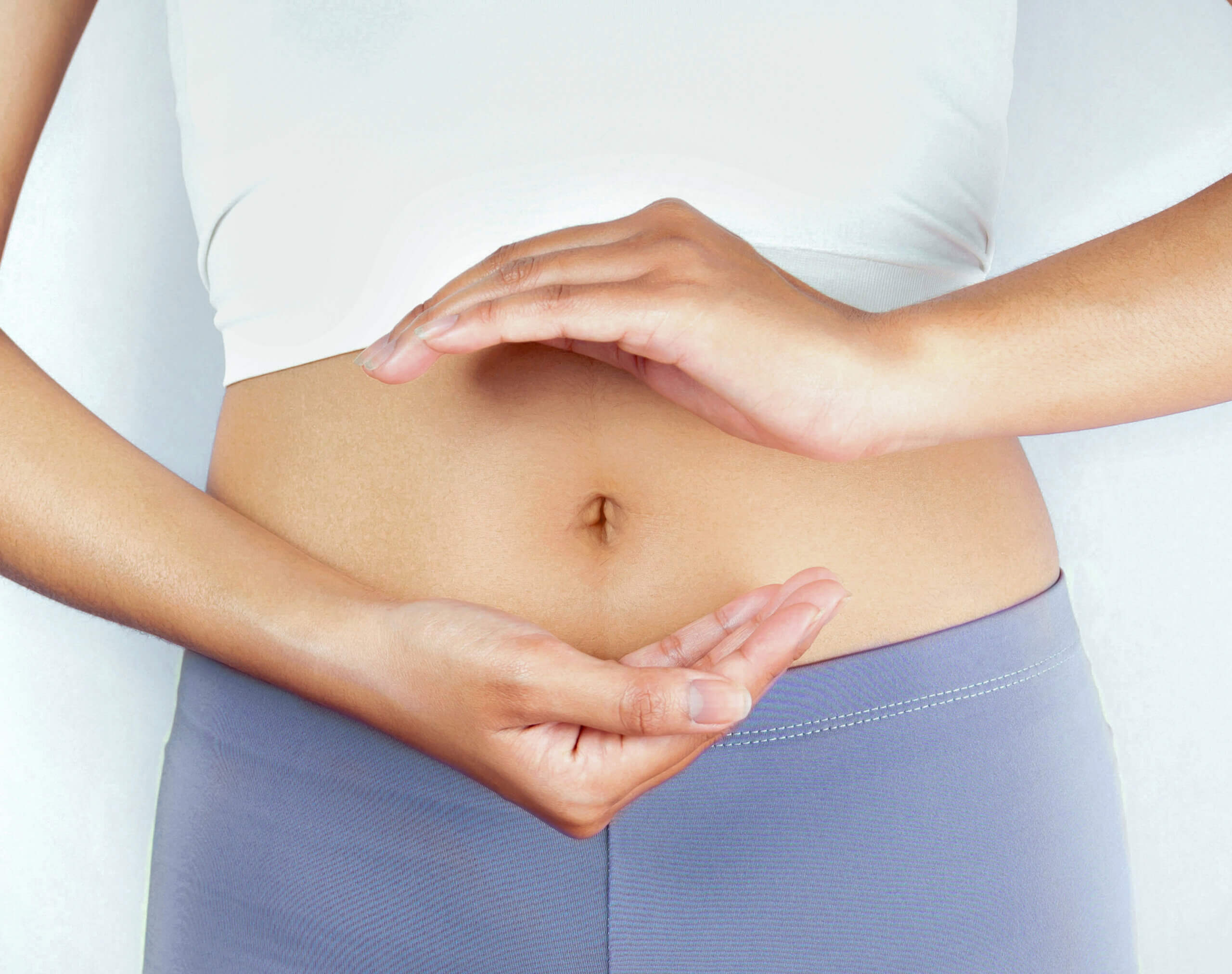The vegan diet is a powerful statement for animal rights and environmental protection. However, concerns about potential nutrient deficiencies, particularly regarding iron, are often raised. But fear not, iron deficiency can be easily avoided with a balanced plant-based diet. Here’s how you can naturally boost your iron levels to stay energized and vibrant throughout the day.
Why is iron so important?
Iron is an essential trace element crucial for numerous bodily functions. It plays a critical role in oxygen transport by enabling the formation of hemoglobin, which in turn binds and transports oxygen to cells, producing energy and maintaining overall health. Additionally, iron supports the immune system and brain function. [1] Iron deficiency can lead to anemia, fatigue, weakness, headaches, paleness, difficulty concentrating, and a weakened immune system. [2]
Iron requirement: How much do we need per day?
Daily iron requirements vary depending on age, gender, and individual factors. Approximately 1-2 mg of iron is lost daily through skin and urine, which must be replenished through diet. However, because only a portion of ingested iron can be absorbed—about 10-15% in mixed diets and even lower in vegan diets—nutrition societies recommend a significantly higher intake. For adult men following a vegan diet, the recommended daily intake is approximately 18 mg of iron, whereas adult women of childbearing age who follow a strictly plant-based diet require about 27 mg per day due to menstrual blood loss. [3] Hence, women’s iron needs are roughly one-third higher than men’s. During pregnancy, a woman’s iron requirement doubles. [4]
Is iron deficiency predominantly a concern for women?
With 1-2 billion affected individuals globally, iron deficiency is the most widespread nutrient deficiency. Due to regular menstrual blood loss, women are particularly prone to deficiency. In European countries, about 20-30% of menstruating women suffer from iron deficiency, with approximately 13% experiencing anemia despite consuming meat, sausage, and fish. [3, 12]
In contrast, a German study titled “Dietary Iron Intake and Iron Status of German Female Vegans” examined 75 vegan women and found that only three out of 75, or 4%, had iron deficiency anemia. Thus, vegan women appear to develop manifest iron deficiency less frequently than their omnivorous counterparts. [13] A 2014 review of 167 relevant articles and references on veganism, risk, safety, vitamin B12, protein, amino acids, iron, calcium, omega-3 fatty acids, eicosapentaenoic acid (EPA), and docosahexaenoic acid (DHA) also concluded that iron deficiency is more prevalent among men and women who follow an omnivorous diet compared to vegans. [14]
Primarily women who consume a lot of meat suffer from iron deficiency because the blood loss in unhealthy lifestyles is increased. However, the lack of iron does not depend primarily on iron intake but rather on how much is given away. [5]
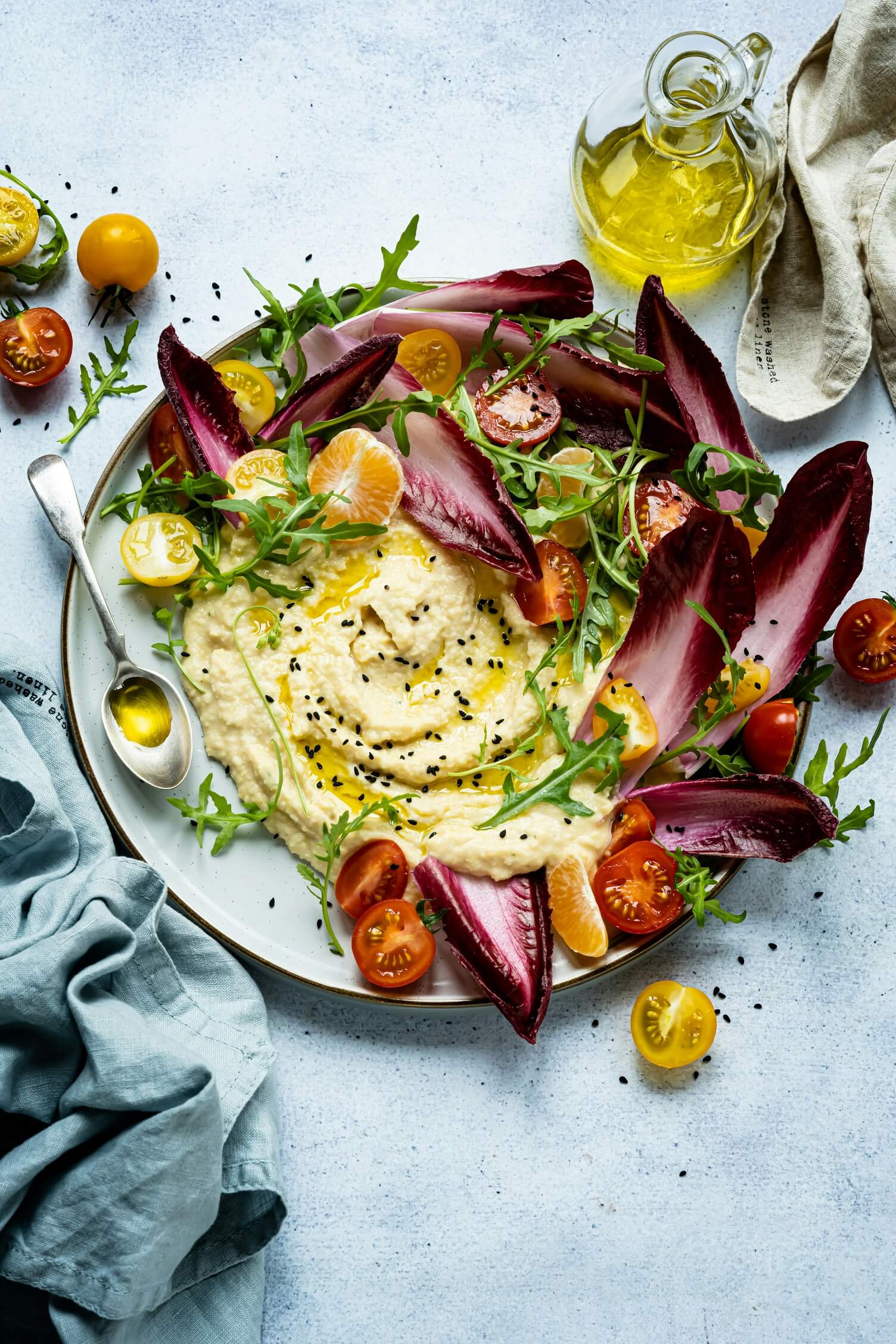
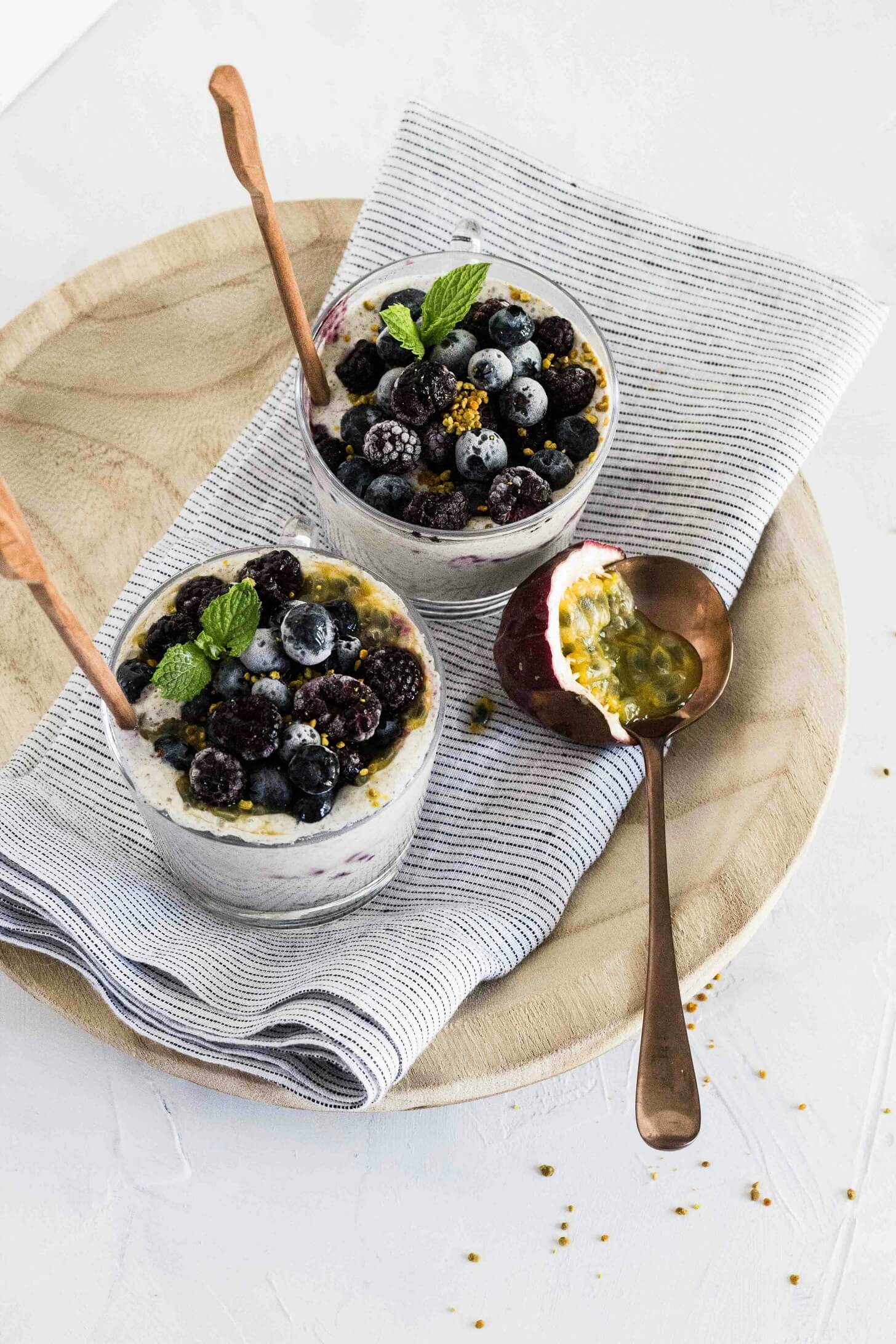
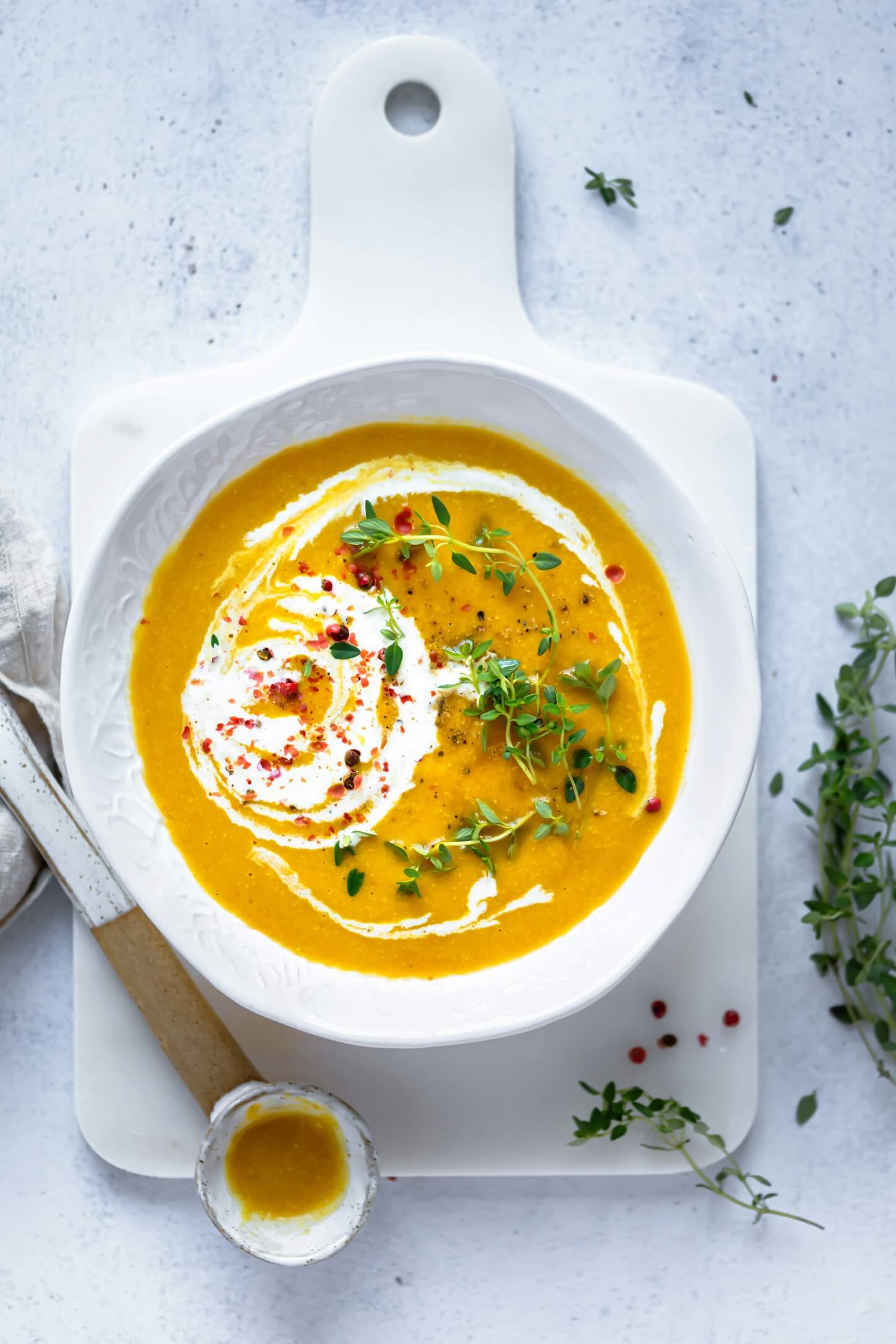
Two types of iron and their specifics
There are two types of iron found in foods: heme iron and non-heme iron.
Animal iron: The so-called heme iron in meat is in the same form as in the human body. Therefore, the assumption that it can be better utilized than plant-based iron is relatively and not necessarily advantageous because the body can hardly control iron absorption from meat and the iron goes directly into the blood without regulation as soon as it is absorbed in the intestines. If iron enters the blood without sufficient regulation, it can lead to an excess that is harmful to the body. High iron surplus in the blood can cause oxidative damage and increase the risk of chronic diseases such as cardiovascular diseases. [5]
Plant-based iron: This form of iron is found in plant-based foods like legumes, nuts, seeds, and whole grains. Unlike heme iron from animal products, plant iron passes unchanged to the intestine. There, it is absorbed more slowly. This allows the body better regulation of the amount of iron entering the bloodstream. The body can regulate the iron content in the intestine and absorb only the amount needed to meet the iron requirement. [5]
Chemically expressed: Animal iron is present in the form of divalent iron (Fe2+), while plant iron is trivalent (Fe3+). To allow the body to better absorb trivalent plant iron, it must first be converted into a soluble form and reduced to divalent iron. This process is carried out with the help of acids. Ascorbic acid, better known as vitamin C, is particularly effective here, which is why it is highly advisable to always consume foods rich in vitamin C alongside plant iron sources. [3]
Plant iron sources: Where can I find them?
Contrary to popular belief, there are plenty of plant iron sources that can help you meet your daily needs. Here are some great options:
- Legumes: Most legumes are good sources of iron, especially soybeans, but also lentils, peas, and chickpeas, which are not only delicious sources of protein but also rich in iron.
- Green leafy vegetables: Spinach, kale, chard, and broccoli are excellent sources of iron, as are the herbs basil, dill, and parsley—they are also rich in iron.
- Nuts and seeds: Seeds such as pumpkin seeds, pine nuts, sesame, hemp seeds, and flaxseeds contain the most iron. But nuts like pistachios, almonds, and cashews are not only crunchy but also rich in iron.
- Cereals: Oats contain by far the most iron, but pseudo-grains like amaranth, quinoa, and millet are good sources of iron as well.
- Whole grains: Millet, brown rice, and whole grain bread (especially those made with sourdough) are good options for an iron-rich diet.
- Dried fruits: Apricots and dried figs are sweet treats that are also a good source of iron. [7]

Which foods promote iron absorption?
As mentioned earlier, vitamin C is an important ally in increasing iron absorption. It enhances the absorption of plant iron from food by about five times. Fortunately, many vitamin C-rich foods are also vegan, including:
- Vitamin C-rich fruit: Citrus fruits like oranges, lemons, limes, kiwi, grapefruits, as well as berries like currants, strawberries, raspberries, and blueberries.
- Vitamin C-rich vegetables: Bell peppers (especially red and green peppers), broccoli, Brussels sprouts, cabbage, tomatoes, potatoes, radishes, and even herbs like parsley and coriander. [8]
Here are two quick & easy recipes for an iron-rich vegan dish:
“
The food you eat can either be the safest and strongest form of medicine or the slowest form of poison.
Ann Wigmore
Two simple, quick & iron-rich recipes
Porridge with berries and almonds
Ingredients:
- Oats (rich in iron)
- Berries (like raspberries and blueberries for vitamin C)
- Almonds (as a source of iron and for an additional dose of nutrients)
- Plant-based milk (optional, e.g. almond or oat milk)
Preparation:
- Cook oats with plant-based milk.
- Add fresh or frozen berries.
- Sprinkle with chopped almonds on top.
- Optional: Add a splash of lemon juice over the berries for additional vitamin C.
Vegan Buddha Bowl
Ingredients:
- Quinoa or millet (as iron-rich whole grain)
- Tofu or tempeh (for plant-based iron)
- Leafy greens like spinach or kale (for iron and additional nutrients)
- Roasted peppers and tomatoes (for vitamin C)
- Avocado (for healthy fats)
- Hummus or a dressing made from lemon juice and olive oil (for additional vitamin C)
Preparation:
- Cook quinoa or millet according to package instructions.
- Season and fry tofu or tempeh.
- Briefly steam or use raw leafy greens.
- Arrange all the ingredients in a bowl.
- Drizzle with hummus or a dressing made from lemon juice and olive oil.
These two simple dishes combine iron-rich foods with sources of vitamin C to optimize iron absorption. They are not only healthy and balanced, but also delicious and easy to prepare.
Which foods inhibit iron absorption?
There are several foods that inhibit iron absorption. These foods can be consumed, but ideally with a time gap between iron-rich foods or between meals.
- Coffee, tea (especially black and green tea), red wine: Both caffeine and tannins or polyphenols like tannins can impair iron absorption in the intestine. [9]
- Cocoa, chard, spinach, rhubarb, beetroot, parsley: Foods containing a lot of oxalic acid (oxalates) are also iron inhibitors.
- Milk, cheese and yoghurt: The calcium contained in dairy products is an iron inhibitor, which is why iron supplements should always be taken with sufficient time between consumption of corresponding foods. [10]
- Legumes (especially peanuts and soy), cereals, bran, unpeeled rice, whole grain products: All these foods contain plenty of phytic acid or phytate, which is also an iron inhibitor. This also applies to products made from legumes such as soybeans, such as tofu or soy drinks. [11]
Yes, you read that right: Swiss chard, spinach, parsley, soy and wholegrain products are all iron-rich foods, but they also contain oxalic acid (oxalates) or phytic acid, which can impair iron absorption in the intestine. However, this does not mean that you have to avoid these foods. By combining them with iron-promoting foods, such as vitamin C-rich fruit or vegetables, you can improve absorption. For example, you can add lemon juice to spinach or enjoy Swiss chard with peppers. Wholemeal products can also reduce their phytic acid content by soaking, heating, sprouting or fermenting, making the iron more available to your body.

9 tips for optimal iron absorption
To ensure your body efficiently absorbs iron, here are some useful tips:
- Always combine iron-rich foods with sources of vitamin C: As previously mentioned, combining iron-rich foods with vitamin C-rich foods enhances iron absorption in the body. For example, drizzle spinach with lemon juice or snack on a handful of almonds with an orange.
- Beta-carotene: Beta-carotene, a precursor to vitamin A, can also support iron absorption. Foods rich in beta-carotene such as carrots, sweet potatoes, spinach, mangoes, and apricots are therefore a good addition to iron-rich foods.
- Avoid consuming red wine, coffee, black and green tea with meals: These beverages contain caffeine and polyphenols like tannins that can impair iron absorption. It’s best to consume them between meals to avoid interfering with iron absorption, or at least an hour apart from meals. This includes decaffeinated coffee and grain coffee.
- Avoid consuming calcium-rich foods with meals: Calcium can inhibit iron absorption. Therefore, when consuming iron-rich foods, avoid consuming dairy products such as yogurt or cheese simultaneously.
- Also avoid cola drinks, energy drinks and iced tea: These beverages not only contain high sugar content but also phosphates that can hinder iron absorption.
- Cocoa, chard, spinach, rhubarb, beet, parsley: These foods are high in oxalic acid, which can also inhibit iron absorption.
- Whole grains: Although whole grains contain phytic acid which can hinder iron absorption, you should not exclude them entirely. By soaking, heating, sprouting, or fermenting whole grains, you can reduce the phytic acid content, thus improving iron availability.
- Iron supplements: Iron supplements should also be combined with vitamin C (fresh fruits and vegetables, fruit juices) or should contain vitamin C. Taking iron supplements preventatively generally has no benefits; in fact, taking too much iron can be harmful. Therefore, it’s important to consult a doctor before taking iron supplements.
- Cook in cast iron pans: Cooking in cast iron pans can increase the iron content of your meals.
When to see a doctor?
If you experience persistent fatigue, weakness, or other symptoms of iron deficiency despite consuming an iron-rich diet and following the tips mentioned above, it’s important to consult a doctor. Iron deficiency can be determined through a blood test. After a medical diagnosis, the deficiency can be treated with supplements if necessary. In any case, it’s advisable to discuss this with your doctor beforehand. As an iron supplement, I can recommend Caps Fem, which has helped me significantly with my iron deficiency. I printed out the ingredients and discussed them with my GP. I would recommend you do the same – always consult first.
Recommendation:
As an iron supplement, I can recommend the CAPS Fem – it helped me a lot with my iron deficiency. I printed out the ingredients and discussed them with my GP. I’d recommend you do the same – always check first.
A balanced vegan diet offers a diverse range of iron-rich foods that can effectively prevent iron deficiency. By consciously selecting and combining plant-based foods rich in iron such as legumes, green leafy vegetables, nuts and seeds, and whole grains, you can ensure that your body receives an adequate supply of this important trace element. Adding vitamin C-rich foods like citrus fruits, bell peppers, and many others further supports iron absorption from plant sources.
If iron deficiency still occurs, supplements are a reliable option but should always be taken under medical supervision. Choosing a targeted diet not only for personal health but also for animal welfare and the environment is a valuable contribution that everyone can make. Thus, a vegan diet can promote health and contribute to a more sustainable lifestyle.
Disclaimer: This text is not a substitute for professional medical advice, diagnosis or treatment. It must not be used as a basis for self-diagnosis or for starting, changing or discontinuing medical treatment. Always consult a qualified healthcare professional if you have any health concerns or symptoms. Greentrinsic accepts no liability for any discomfort or harm arising from the use of the information provided.
Sources:
1. Insel, P.; Ross, D.; McMahon, K.; et al. (2017): Nutrition. Jones & Barlett Learnings, Burlington
2. Beard, J.L. (2001): Iron biology in immune function, muscle metabolism and neuronal functioning. The Journal of Nutrition. 6th edition, (https://academic.oup.com/jn/article/131/2/568S/4686826)
3. Vegan Society Austria (2014): Iron, (https://www.vegan.at/inhalt/eisen)
4. German Society for Nutrition (2024): Iron, (https://www.dge.de/wissenschaft/referenzwerte/eisen/?L=0)
5. Dahlke, R. (2015): Veganize your life!: The big book of vegan life – 1000 facts about peace food. Munich: Riemann Verlag
6. Federal Institute for Risk Assessment (2024): Not all iron is the same – what is the difference between plant and animal iron?, (https://www.bfr.bund.de/cd/28369)
7. PETA (2024): Vegan sources of iron – this is how a purely plant-based supply works, (https://www.peta.de/veganleben/eisen-vegane-ernaehrung/)
8. Austrian Health Insurance Fund (2020): Nutrition for iron deficiency: recommendations for everyday life, (https://www.gesundheitskasse.at/cdscontent/load?contentid=10008.707048)
9. Hurrell, RF; Reddy, M.; Cook, JD. (1999): Inhibition of non-haem iron absorption in man by polyphenolic-containing beverages. Br J Nutr, (https://pubmed.ncbi.nlm.nih.gov/10999016/)
10. Hallberg, L.; Rossander-Hultén, L.; Brune, M.; Gleerup, A. (1992): Calcium and iron absorption: mechanism of action and nutritional importance. Eur J Clin Nutr, (https://pubmed.ncbi.nlm.nih.gov/1600930/)
11. UCB Pharma GmbH (2023): Iron deficiency. Iron uptake: Promoting and inhibiting substances, (https://www.eisenmangel.de/ernaehrung-eisenmangel/eisenaufnahme-hemmstoffe-foerderstoffe)
12. Zolle, H. (2021): Iron deficiency. Austrian Medical Journal, (https://aerztezeitung.at/wp-content/uploads/2021/09/DFP_Eisenmangel.pdf)
13. Waldmann, A.; et al. (2004): Dietary iron intake and iron status of German female vegans: results of the German vegan study. Annals of Nutrition and Metabolism, (https://karger.com/anm/article-abstract/48/2/103/40213/Dietary-Iron-Intake-and-Iron-Status-of-German?redirectedFrom=fulltext)
14. Fields, H.; et al. (2016): How to Monitor and Advise Vegans to Ensure Adequate Nutrient Intake. The Journal of the American Osteopathic Association, (https://www.degruyter.com/document/doi/10.7556/jaoa.2016.022/html)
Discover more impressive health benefits of the vegan diet for your wellbeing.
